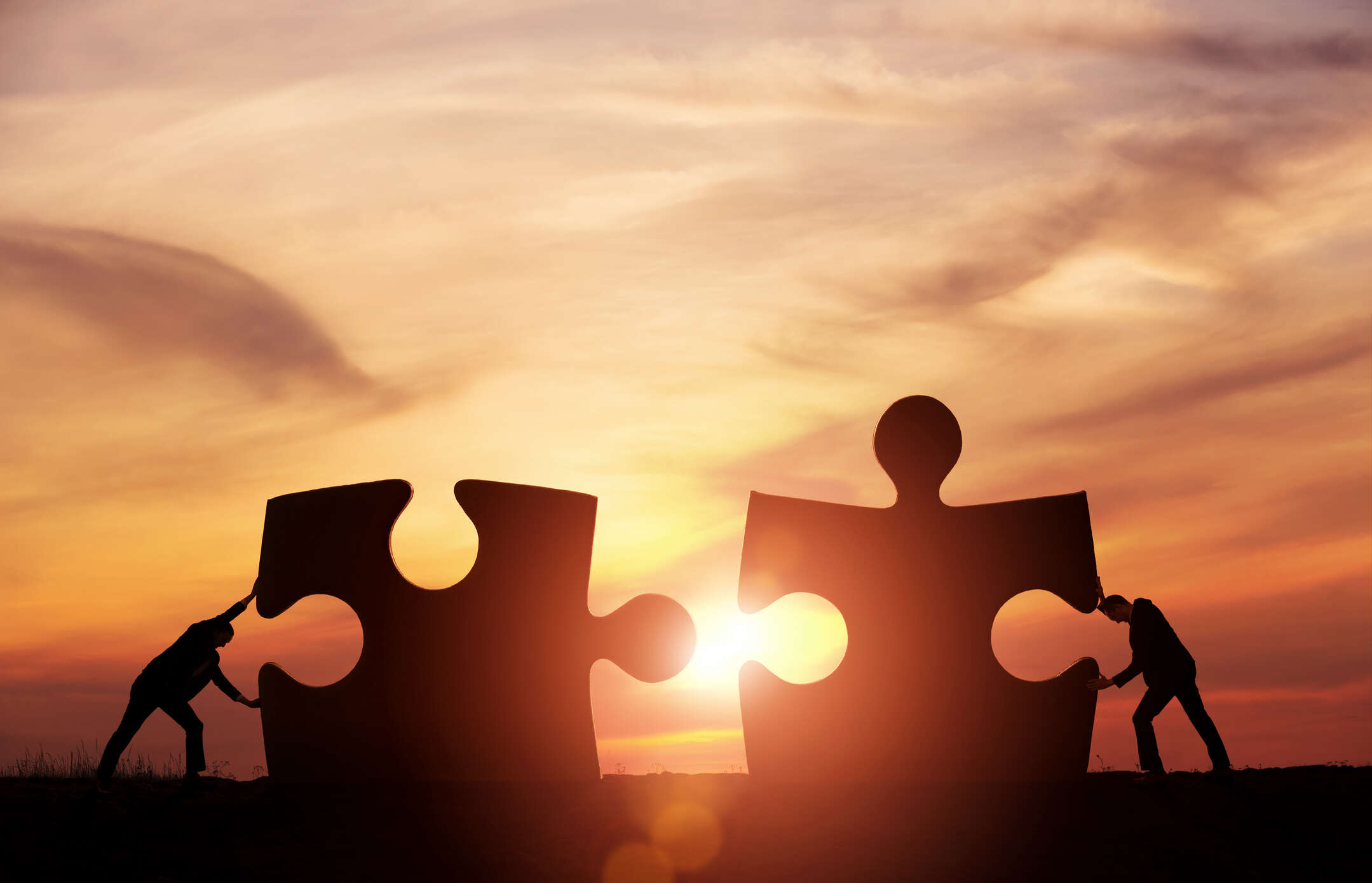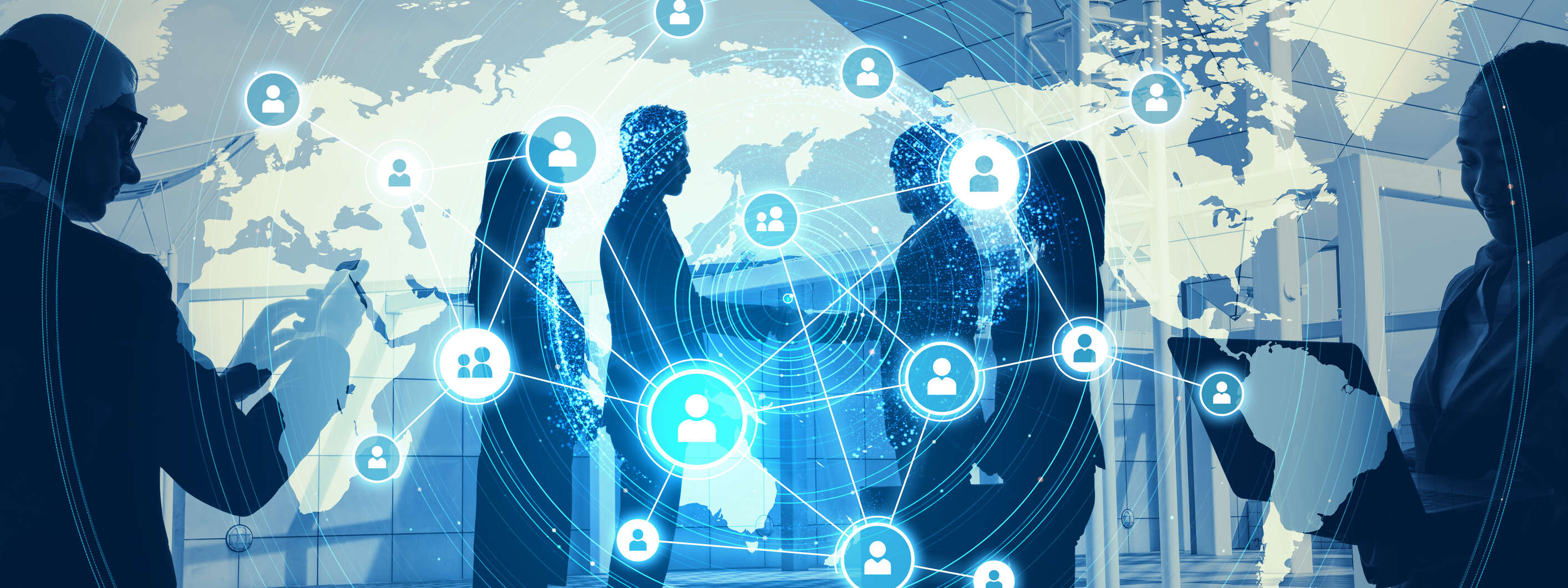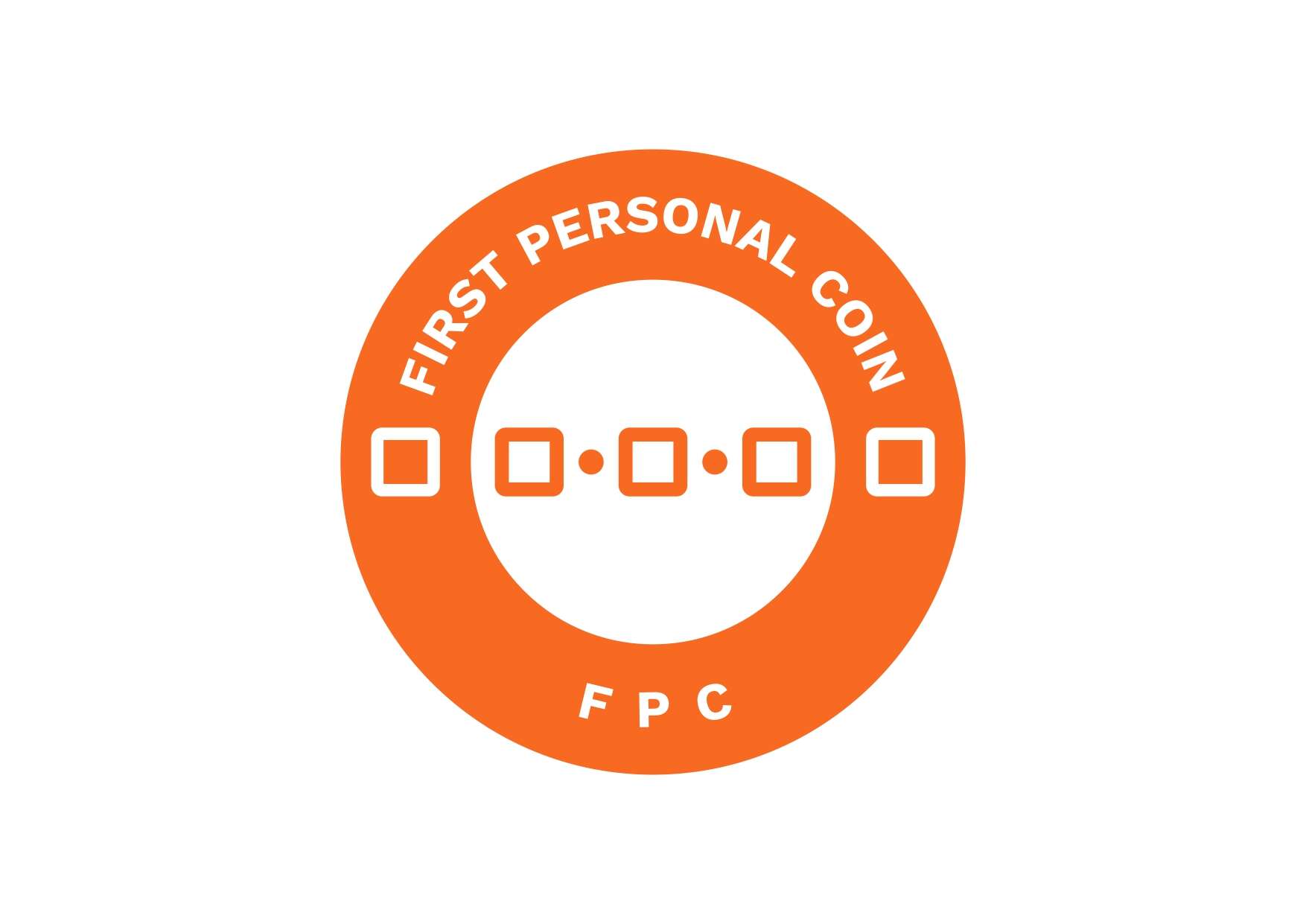DAOs = AUTOMATION IN THE CENTRE, BENEFITS FOR ALL

A common definition of a Decentralised Autonomous Organisation (DAO) involves a set of resources governed by a group of like-minded people through a transparent framework of automated rules enforced by smart contracts inside (and outside) the blockchain.
DAOs are, therefore, organisations governed through the interaction of their members with smart contracts; such use allows more efficient decision-making by preserving mutually agreed parameters that are imposed and then followed until the code is modified by democratic consensus.
Centralised organisations, such as Amazon, host board meetings where shareholders vote on crucial decisions and the direction of the company. The CEO then ensures the decisions are carried out.
Consequently, an organisation must rely on the capital of a select group of people and their ability to deploy that capital effectively.
But in a DAO there are no CEOs, and there is no strict hierarchy.
When the Internet was not yet present in our lives, everything was different; people attended the office on a daily basis and it was therefore easier to build personal relationships and trust people with their decision-making abilities.

In such scenario, DAOs can reduce the principal-agent dilemma in organisations. We are going to see how, with easy examples.
Managers acting on behalf of shareholders, or politicians acting on behalf of citizens. In this case, moral hazard occurs when a person takes more risks than he normally would, acting in his own interest because others bear the cost of those risks without being able to entirely control the agent's actions.
In fact, the essential characteristic of a Dao is that the basic operating rules are codified in an intelligent contract, and automatically applied. These groups are therefore totally independent of any existing centralised financial system or infrastructure and the only rules they follow are those written in their own code.
Learn more about Dao and traditional organisations clicca qui.
Developments since the birth of the first Dao
Bitcoin is commonly regarded as the first embodiment of some of the elements that currently make up DAO. Although its purpose is limited to payments, Bitcoin was the first example of a decentralised service managed by code running the blockchain in which the community controlled transactions and was rewarded for performing operations such as 'mining'.
Based on these examples, many concepts such as 'tokenization' and 'incentive economy' were developed. Many other DAOs were created and evolved into multipurpose DAOs with new applications such as Smart Contract, Privacy, Domain Registration and others.
Among the most popular and most developed existing DAOs are those supported by Ethereum. While Bitcoin aimed at creating digital money, Ethereum considers its ETH token as the means to operate its platform with decentralised applications (DApps). Through DApps, Ethereum's platform offers services accessible to ETH owners, which in turn can be easily purchased via Exchange or Decentralised Exchange (DEX). In 2021 and 2022, the assets under management (AUM) of DAOs were around USD 10 billion.
WHAT HAVE DAOS ACCOMPLISHED SO FAR? FAMOUS EXAMPLES OF DAOS
As you get to know DAOs, it's good to hear about some famous names in the space.
- The DAO: Launched on 30 April 2016, it was an early idea of the Decentralised Venture Capital (DVC) fund developed on the Ethereum blockchain with the aim of providing innovative, decentralised business models for both profit and not-profit enterprises. By 21 May, the DAO had raised more than $150M in funds from more than 11,000 investors, representing almost 14% of all ETH tokens issued to date. After a series of security vulnerability issues were reported, the DAO was hacked on 17 June and a 1/3 of the funds (3.6 million ETH, about $50 million) were transferred to an account subject to a 28-day holding period. To recover the funds, the Ethereum network underwent a 'Fork' between the Ethereum we know today and the original Ethereum now called Ethereum Classic. The DAO was subsequently deleted from most exchanges. The DAO set the example for the DAOs evolution and their security features.
- ConstitutionDAO: DAOs hit the mainstream media in November 2021 when an internet collective called CostitutionDAO, a single-purpose, funded DAO, aimed to raise capital to acquire one copy, among 13 originals in the world, of the US Constitution at a Sotheby's auction. In 5 days, the experiment raised nearly $47 M in ETH. However, it then lost the auction to Ken Griffin, the CEO of Citadel, returning all funds to investors (losing a certain margin on transaction fees). ConstituionDAO was highly promoted via media, further spreading the DAO concept.
- UNISWAP DAO: is to today the governance protocol underlying the largest DAO and the largest decentralised exchange (DEX), runs on an Automated Market Maker (AMM) model and offers peer-to-peer trading of various token pairs. Uniswap's governance token, UNI , was launched in September 2020 and boasts the largest market capitalisation of any DAO token, currently valued at over $12.5 billion. Like MakerDAO, trading on Uniswap protocol is based on smart contracts, making it a transparent and reliable platform. Uniswap relies on liquidity pools to ensure that transactions go smoothly; to ensure that its liquidity pools remain liquid, the protocol rewards users who choose to lend their cryptocurrencies with a share of the gas fees of that particular pool.
If you liked the lesson, share it!
